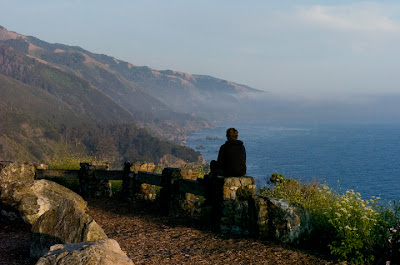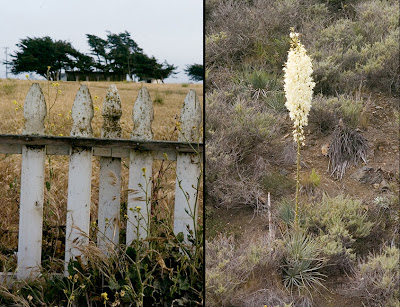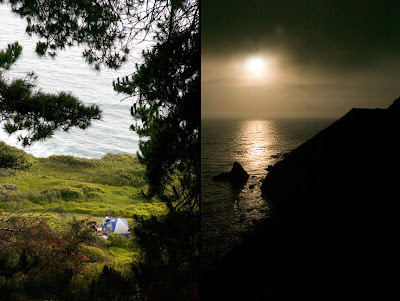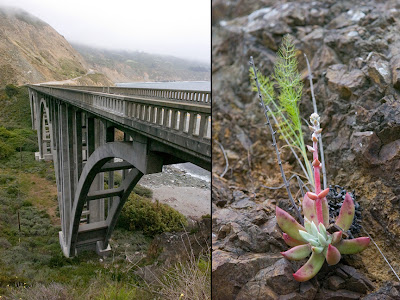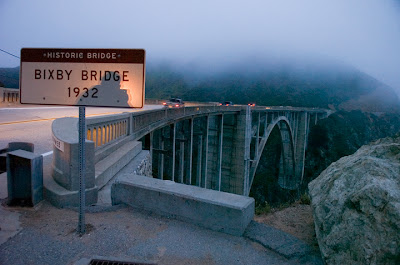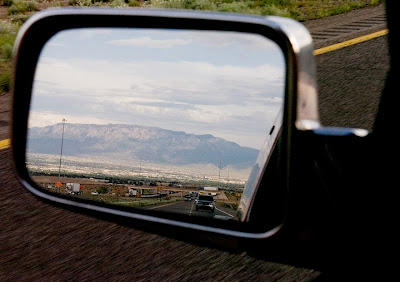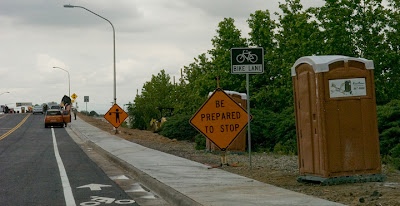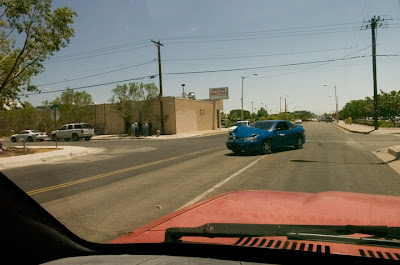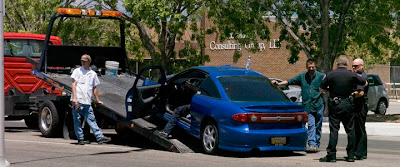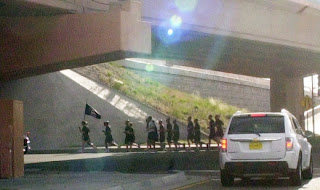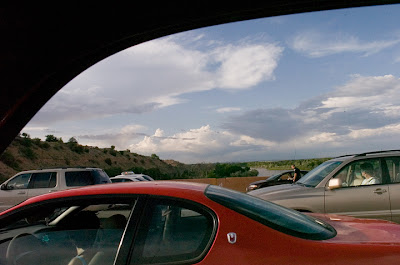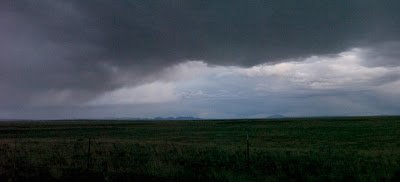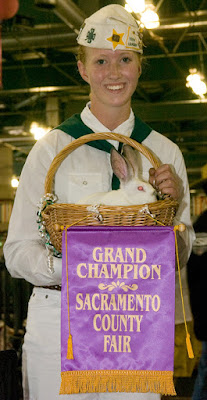 This is 4-H member Ashley Audycki, age 16, with her grand champion rabbit that auctioned for $420 in the junior division at the Sacramento County Fairground, Saturday.
This is 4-H member Ashley Audycki, age 16, with her grand champion rabbit that auctioned for $420 in the junior division at the Sacramento County Fairground, Saturday.Sacramento maybe the capital city of California, but it is surrounded by one of the greatest concentration of agricultural activity in the world. Though farmers no longer represent the high percentage of our population that they once did, in the central valleys of the Golden State, it is a big deal. An area of about 75 miles wide and 300 miles long grows most of the fruits and vegetables this country consumes.
Hundreds of youngsters are engaged in raising barnyard animals that they then show and auction as part of the county fair.
Two organizations are prominent in the community: 4-H and Future Farmers of America. 4-H club is open to kids as young as grade schoolers, while FFA is a high school aged group and includes an agricultural science class.
 So what’s wrong with this picture?
So what’s wrong with this picture? This is my nephew Steven Weatherhead, center, with Taj Frommoetheldydo, left, and Wes Sears, right, all, age 15. They, along with Audycki, are all finishing their freshman year at Elk Grove High School, 15 miles south of Sacramento. Elk Grove is one of the fastest growing communities in the country. The three raised hogs.
This is my nephew Steven Weatherhead, center, with Taj Frommoetheldydo, left, and Wes Sears, right, all, age 15. They, along with Audycki, are all finishing their freshman year at Elk Grove High School, 15 miles south of Sacramento. Elk Grove is one of the fastest growing communities in the country. The three raised hogs.  The advice I had always heard was one should not name their barnyard animals because they may get attached, as this young woman did.
The advice I had always heard was one should not name their barnyard animals because they may get attached, as this young woman did.  Weatherhead, left, with his mother, my sister Alison, named his pig. Not to worry though, he named him Mr. Jingelsworth even before he got him. He seems to have no attachment to the animal, just the outcome.
Weatherhead, left, with his mother, my sister Alison, named his pig. Not to worry though, he named him Mr. Jingelsworth even before he got him. He seems to have no attachment to the animal, just the outcome.The students take classes and had the opportunity to obtain a bank loan from the Stockman’s or Farmers and Merchants’ Banks, for the purchase, insurance and feed for the animals. The pigs were penned at the school and students were responsible for sharing the duty of caring, feeding and cleaning up after all the animals on a rotating schedule.
 Come County Fair time, the animals went to auction. Local merchants and individuals bid on the whole range of critters: market steers, hogs, lambs, goats, poultry, rabbits, turkeys and eggs.
Come County Fair time, the animals went to auction. Local merchants and individuals bid on the whole range of critters: market steers, hogs, lambs, goats, poultry, rabbits, turkeys and eggs.  Two rings auctioned off livestock at better than an animal per minute.
Two rings auctioned off livestock at better than an animal per minute.Though the day’s market rate was $1.31 a pound, Rayles/Bel Air groceries guaranteed a minimum bid of $2.25 for hogs.
 Representatives of Les Schawb Tires also made guaranteed minimum bids.
Representatives of Les Schawb Tires also made guaranteed minimum bids. Weatherhead showed his pig, weighing in at 249 lbs., that went for $3.00 a pound to his mentor, Jack McPhillips, below. McPhillips, left, shows the back side of his numbered bidding card, showing an "R" to indicate that the meat is to be resold, rather than a "C" for custom or keeping the meat. To McPhillips right is Weatherhead's mother and McPhillips' wife Billie.
Weatherhead showed his pig, weighing in at 249 lbs., that went for $3.00 a pound to his mentor, Jack McPhillips, below. McPhillips, left, shows the back side of his numbered bidding card, showing an "R" to indicate that the meat is to be resold, rather than a "C" for custom or keeping the meat. To McPhillips right is Weatherhead's mother and McPhillips' wife Billie.
Sears’ 240 lbs. animal sold for $2.50 a pound.
 Frommoetheldydo’s 245 lbs. pig, above, sold to the Kiwanis club of Elk Grove for $7.00 a pound bid through his friend Leon Weston, seen below, seated with Frommoetheldydo’s mother, Deborah, while bidding.
Frommoetheldydo’s 245 lbs. pig, above, sold to the Kiwanis club of Elk Grove for $7.00 a pound bid through his friend Leon Weston, seen below, seated with Frommoetheldydo’s mother, Deborah, while bidding. The bidding was friendly, but spirited. Weston was authorized to make a bid of $5 on Frommoetheldydo’s pig and had a shadow bidder take the auctioneer to $4. However, another group realized that there was a particular interest in the animal and forced the price up. Weston prevailed and paid a couple dollars more for the pig.
The bidding was friendly, but spirited. Weston was authorized to make a bid of $5 on Frommoetheldydo’s pig and had a shadow bidder take the auctioneer to $4. However, another group realized that there was a particular interest in the animal and forced the price up. Weston prevailed and paid a couple dollars more for the pig.

